When it is time to design and then launch a product on the market, there are a few things design engineers will always count on. First, there is a design that is a driving factor behind the success of a product and part of product performance. That is way Injection molding and tolerance should be involved.
Then there is a section where if something happens to go wrong, then that design will be the first place to look into since it is the driving factor of the success of your product manufacturing. At the same time, if something happens to go wrong, then the design is most likely going to be the first place you look into. The value of design is often magnified considerably with additional tight tolerances.
So far, you’ve realized that there is no pressure. And as you may be able to see, there is a lot of riding on different designers to create and develop complicated plastic parts as well as products with tight tolerance, primarily when they are used in automotive and defense applications. Then, there is really no room for mistakes when it is time to design critical-use parts, particularly when some of the margins happen to be as slim as 011 inches.
Beginning With The Design
Everything starts with the design of a product. You need to identify the tolerances in the initial phase of the design. This is because the design engineers need to factor in the requirements for geometry, overall size, coupled with wall thickness.
These elements have a significant influence on the control of tolerance. If you happen to have a design with thick walls and different shrink rate in the thick sections, this can make it difficult for you to hold the right tolerances because the shrinkage of the variable can quickly move in the section.
And just like that, when it is time to part size, the larger your dimension, the more challenging it is to hold onto the tolerances. One larger proportion equates to a more substantial shrinkage. In this case, it makes it challenging to uphold as well as control it.
Paying Attention To The Complexities
There are different significant complexities in the phase of designing a product. When done in the right manner, the complicated design can play a role in assisting to aid the control of tolerances. But, common issues with intricate designs are such as shrinking as well as warping.
So if the parts have too much shrinkage, the process of molding cannot be repeatable. That is one reason why it is essential for a product design coupled with the manufacturing teams that need to be on one page.
Take-Home
The tips shared above offer a great start. But there is much more to the success of different tolerance parts than the actual design. Although it is a prominent place to start because the design plays an important role in the success of any project, it is a viable idea to be up and speedy on different factors.











